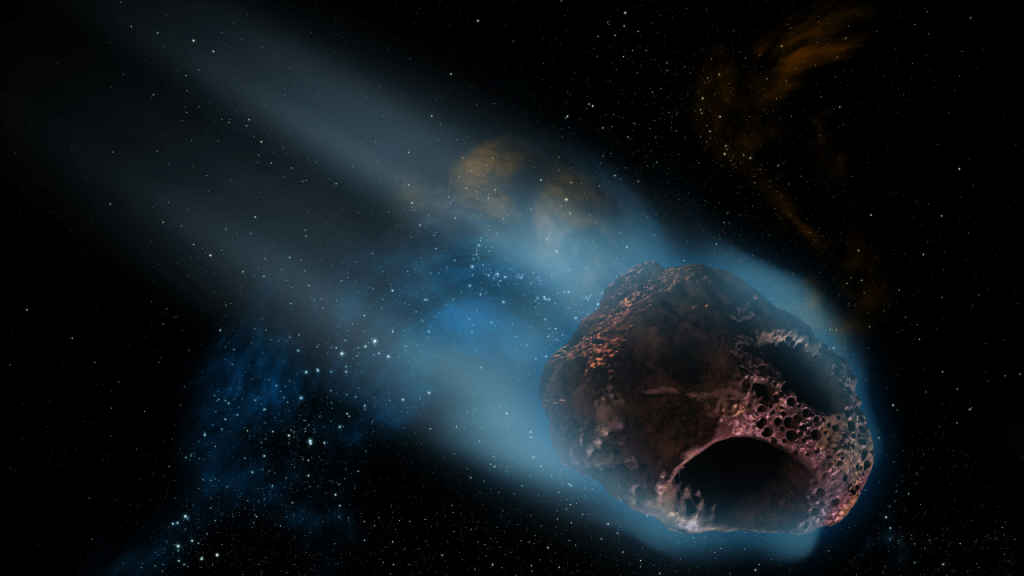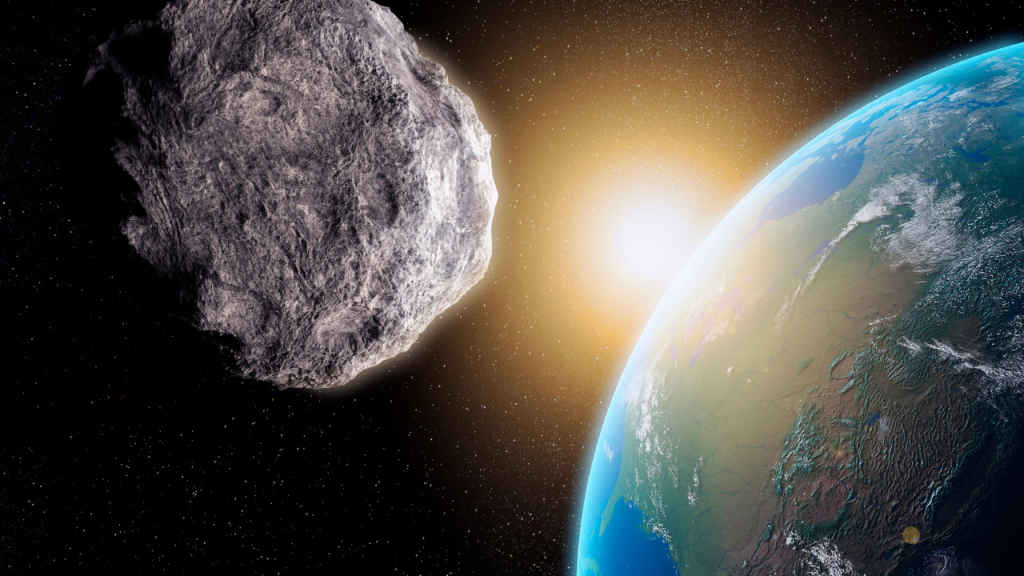Asteroid 2024 KY1 to Make Close Approach to Earth tomorrow: All you need to know

NASA has confirmed that asteroid 2024 KY1 is on course for a close approach to Earth.
This asteroid, with a diameter of 110 feet, will come within 3.83 million miles of Earth on June 19th, 2024.
It is traveling at a speed of 44,008 kilometers per hour (12.22 kilometers per second).
NASA has confirmed that asteroid 2024 KY1 is on course for a close approach to Earth. While most asteroids typically remain in the asteroid belt between Mars and Jupiter, some, like 2024 KY1, deviate from this path and head towards Earth.
This asteroid, with a diameter of 110 feet, will come within 3.83 million miles of Earth on June 19th, 2024, according to NASA’s Jet Propulsion Laboratory (JPL). It is traveling at a speed of 44,008 kilometers per hour (12.22 kilometers per second), as confirmed by NASA’s Center for Near-Earth Object Studies (CNEOS).
Also read: Scientists develop thinnest lens ever using Quantum Physics: All you need to know

Asteroid 2024 KY1’s last close approach to Earth occurred on May 28th, but it was much farther away than it will be this time. After its close pass on June 19th, 2024, it will not return until November 2, 2028.
Also read: Reliance’s Jio Platforms overcomes obstacles to launch satellite internet in India: Check details

Although NASA classifies an asteroid as potentially hazardous if it comes within 4.6 million miles (7.5 million kilometers) of Earth and is larger than about 150 meters, Asteroid 2024 KY1 does not meet the size criterion to be deemed potentially dangerous. Nevertheless, tracking it remains important to prevent any unexpected developments.
Although Asteroid 2024 KY1 will come quite close, it does not meet the size criterion to be deemed potentially hazardous. Nevertheless, monitoring this asteroid is essential to prevent any unforeseen events.

Several spacecraft and Earth-based observations are dedicated to tracking asteroids and comets. NASA-supported ground-based telescopes, such as Pan-STARRS1 in Maui, Hawaii, and the Catalina Sky Survey near Tucson, Arizona, have discovered thousands of near-Earth objects.
Additionally, the space-based telescope NEOWISE has identified hundreds more, scanning the skies in near-infrared wavelengths from its orbit around Earth. Follow-up observations by numerous ground-based telescopes further enhance the understanding of these objects’ orbits and physical properties.
Ayushi Jain
Tech news writer by day, BGMI player by night. Combining my passion for tech and gaming to bring you the latest in both worlds. View Full Profile




